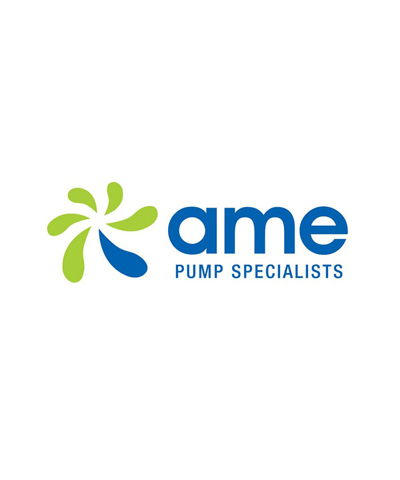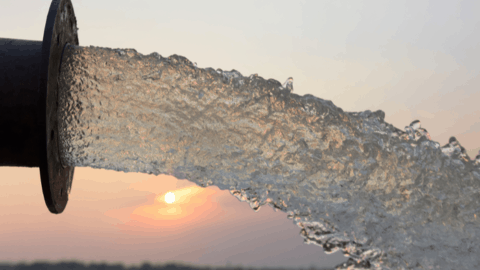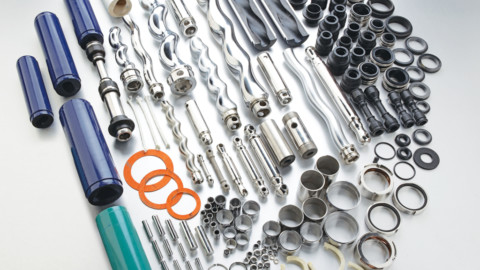Five solar installations are set to power almost half of the energy needs of four of Central Highlands Water’s water and wastewater treatment plants in a new community-driven initiative.
The large and medium-scale solar installations will have the potential to make up to 70 per cent of the utility’s total electricity load, and include sites like the Ballarat North and South Wastewater Treatment Plants, Lal Lal and White Swan Water Treatment Plants, and the White Swan pump station.
Central Highlands Water Managing Director, Paul O’Donohue, said the solar initiative has been driven by the community, who asked for improved sustainability of their water supply systems as a key priority.
“As part of our Let’s Talk Water campaign, the community told us they valued the use of renewable energy, but at no extra cost to them,” Mr O’Donohue said.
“We are pleased to be able to deliver on that goal with this initiative, which is also a step forward in delivering our Emissions Reduction Pledge to reduce greenhouse gas emissions by 20 per cent by 2025.
“The solar panels will reduce greenhouse gas emissions by 3,745 tonnes per year and generate 3500MWh of renewable energy, equivalent to the average annual energy use of 750 Victorian homes.
“The solar is designed so that the majority of the energy is used to power the treatment plants, and from time to time some of the renewable energy will be exported to the grid.
“It is a long-term investment in our community, building on our other existing renewable initiatives like small-scale roof mounted solar at our Learmonth Road office, the Daylesford and Maryborough Water Treatment Plants, and a mini-hydro electricity generators at Lal Lal Water Treatment Plant and at the Goldfields Superpipe.
“While looking for solutions to help combat climate change, we also want to make sure they support or provide employment and economic benefits to our region.”


















